Banh man de originates from Cambodia, is a specialty of Chau Doc but is not easy to find because few people make it and the ingredients are not common.
The main ingredient for making the cake is the powder of the Mần Đi tree, which is popular in Cambodia. This tree takes many years to produce powder, so the baker must find a good relationship to import Mần Đi powder. The powder is mixed to make the cake crust, which is clear, crispy and has a cool feeling. The filling is pureed mung beans.
To enjoy this cake in Chau Doc, visitors can go to Ms. Mai Ngoc's cake cart, on Nguyen Van Thoai Street, next to Chau Doc Market. This is one of the few banh man de carts in the area.

Ngoc learned how to make cakes from her mother and has been making and selling banh man de for 20 years. She said that the cakes are hard to find nowadays because the preparation is quite elaborate and the ingredients are also difficult to find. To make the cake filling, Ngoc cleans the green bean shells, soaks them overnight and steams them until soft. Then she grinds the beans with sugar and cooks them over a fire until they thicken into a soft, chewy mass that is not sticky to the touch. Let the green beans cool and then roll them into even balls.
The baker mixes the powder with water and adds a little palm sugar to create a sweet taste. The powder is stirred well and then put on the stove to simmer, stirring continuously until it becomes clear. Ms. Ngoc said this step is important and requires experience, keeping an even heat so the powder does not clump.

Once the filling and dough are ready, the baker puts a layer of dough into the bowl, adds the mung bean filling in the middle, and then covers it with another layer of dough. After a few hours, the cake will solidify and easily peel off the bowl.
The finished cake, in addition to its aesthetic requirements, must combine the sweet and fatty taste of mung beans with the crunchy texture of the outer layer of tapioca starch. When you bite into the cake, the tapioca starch breaks, and the mung bean filling melts in your mouth, sweet and cool.
Ms. Ngoc added that bakers can create many more colors such as green from pandan leaves, purple from purple leaves, blue from butterfly pea flowers. The cakes she sells have two colors, green from pandan leaves and yellow from palm sugar because "one person cannot make them all".
Banh man de is a familiar snack of Chau Doc people, eaten as a snack, for dessert or to entertain guests. Not many people sell it, so her cart is sought out by many people. Every day, Ms. Ngoc makes 100 cakes and sells them all in the morning. Each cake costs 5,000 VND.




The cakes are displayed on trays in neat rows, plump and evenly colored. When selling, the owner will pour coconut milk over the cakes and sprinkle with fragrant roasted sesame seeds. "The cakes are crunchy like jelly, refreshing and cooling on hot days," said Ms. Nam, who lives in Chau Doc City and is one of Ms. Ngoc's regular customers.
Ms. Minh Hue, a tourist from Ho Chi Minh City, said she learned about the cake through social media, and when she had the opportunity to visit Chau Doc, she "saw it with her own eyes". "The name of the cake made me very curious", she said and said that she not only bought it to enjoy on the spot but also brought it back as a gift.
In addition to banh man de, Ms. Ngoc's cart also has banh da lon made from man de flour, which is also enjoyed by many tourists. Chau Doc, visitors can also find many other popular Western cakes such as palm cake, grilled banana, tamarind, and puffed rice paper to enjoy on the spot and buy as gifts.
Source







![[Photo] The 9th Congress of the Party Committee of the Office of the President, term 2025-2030](https://vphoto.vietnam.vn/thumb/1200x675/vietnam/resource/IMAGE/2025/6/20/78e7f27e8c4b4edc8859f09572409ad3)



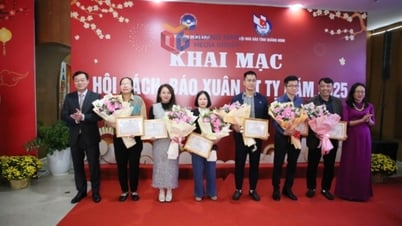












![[Maritime News] Wan Hai Lines invests $150 million to buy 48,000 containers](https://vphoto.vietnam.vn/thumb/402x226/vietnam/resource/IMAGE/2025/6/20/c945a62aff624b4bb5c25e67e9bcc1cb)
















































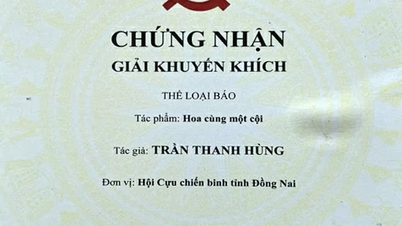



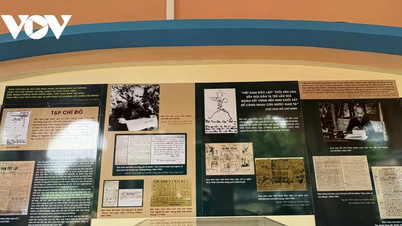



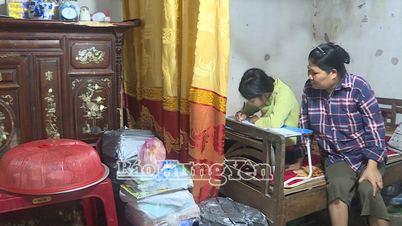










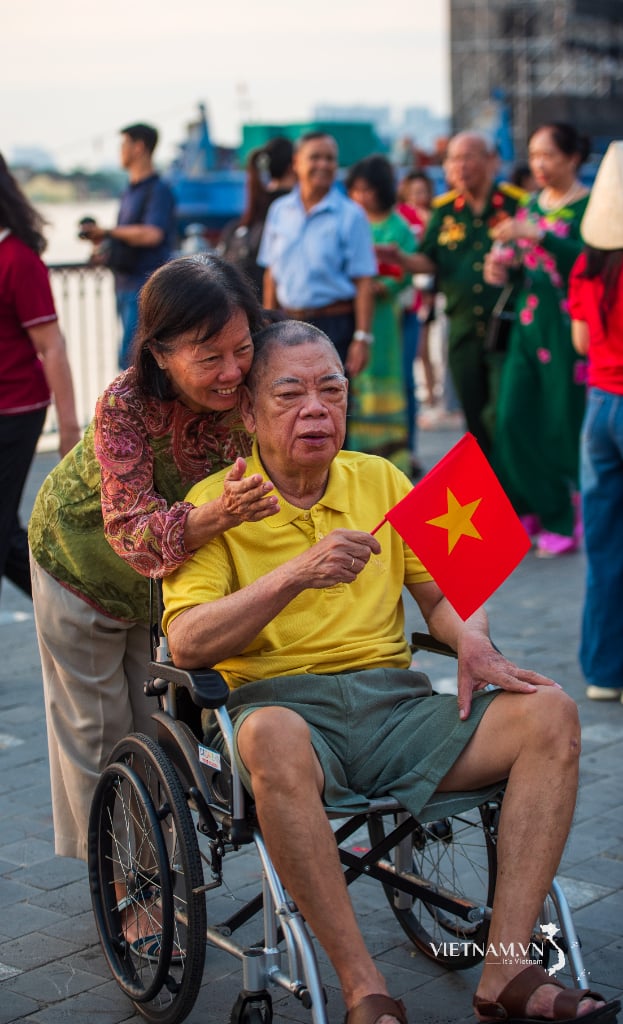



Comment (0)